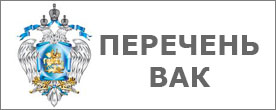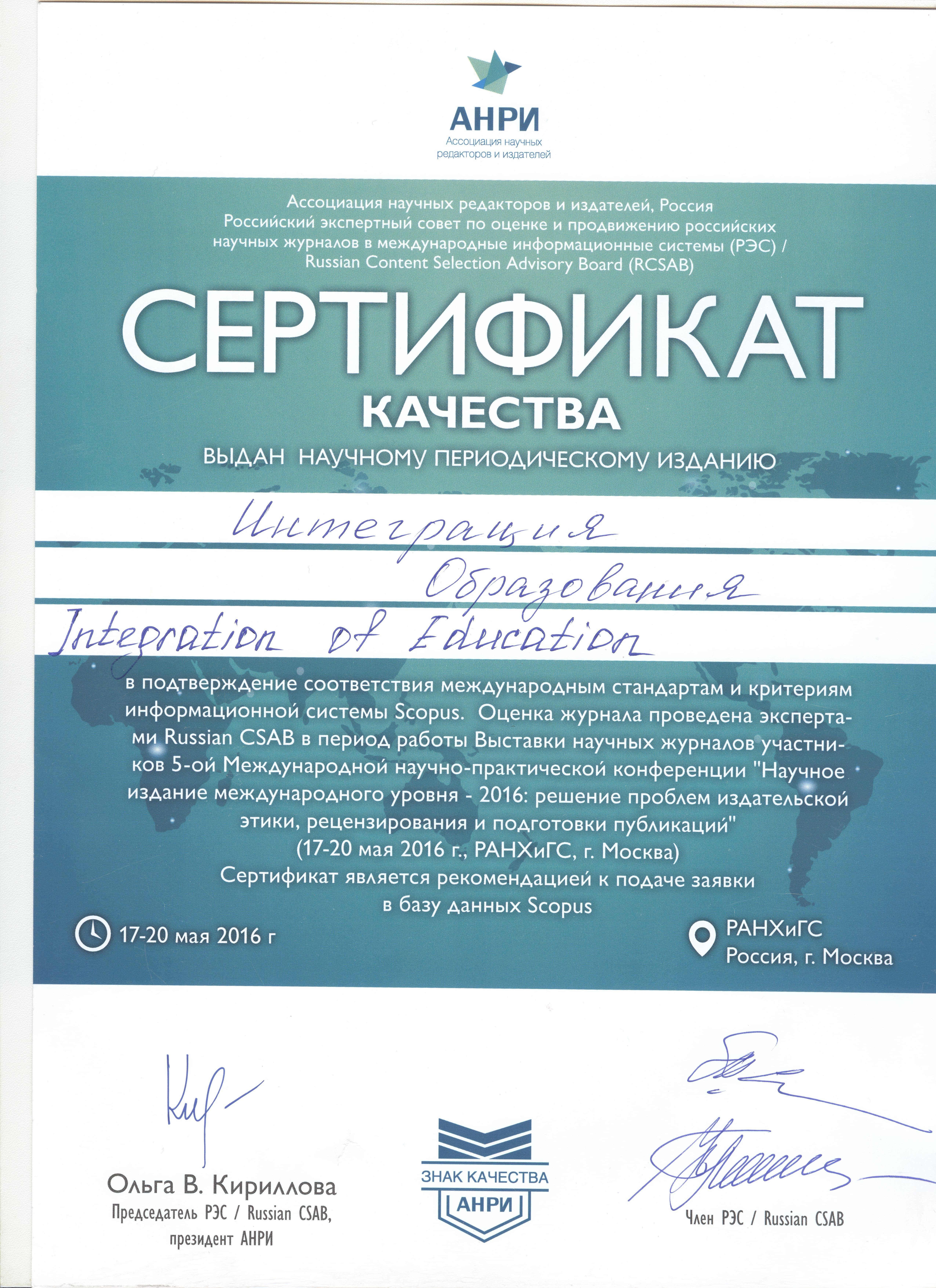UDK 371.3:811.161.1
DOI: 10.15507/1991-9468.099.024.202002.296-315
A Model for the Formation of Secondary Linguistic Personality through Work with Precedent Cultural Phenomena during Сlasses in the Russian Language as a Foreign Language
Olga B. Kanevska
Associate Professor of Chair of Russian Philology, Kryvyi Rih State Pedagogical University (54 Gagarin St., Kryvyi Rih 50086, Ukraine), Ph.D. (Pedagogy), Associate Professor, ORCID: https://orcid.org/0000-0003-1703-7929, Publons ID: https://publons.com/researcher/3669515/olga-kanevska, This email address is being protected from spambots. You need JavaScript enabled to view it.
Kateryna V. Hostra
Assistant of Chair of Russian Philology, Kryvyi Rih State Pedagogical University (54 Gagarin St., Kryvyi Rih 50086, Ukraine), ORCID: https://orcid.org/0000-0002-2266-492X, Publons ID: https://publons.com/researcher/3668058/hostra-kateryna, This email address is being protected from spambots. You need JavaScript enabled to view it.
Introduction. This article considers the problem of the formation of a secondary linguistic personality through work with precedent phenomena of culture, but it does not cover all its aspects. Our purpose is to describe a model of formation of a secondary linguistic personality by dealing with the precedent phenomena of culture during Russian language lessons as a foreign language.
Materials and Methods. Pedagogical forecasting and modeling were used to optimize and detail the process of the formation of a secondary linguistic personality through work with precedent cultural phenomena. To determine the quantitative and qualitative indicators of the study, statistical methods of quantitative and qualitative data processing were used (Student’s t-test). The pedagogical experiment involved schoolchildren of two secondary schools of Kryvyi Rih city (Ukraine). The sample consisted of 82 fifth-grade high school students. At the ascertaining stage, the questionnaire was conducted; at the formative stage, training was conducted typically in the control group; in the experimental group, based on the developed model; at the control stage, repeated questioning and interviews were conducted to verify the effectiveness of the model.
Results. The use of the model in the learning process forms not only theoretical knowledge of the precedent phenomena of culture but also the practical skill of their use, facilitates intercultural communication, which contributes to the formation of a secondary language personality. The developed model of working with precedent cultural phenomena proved to be an effective auxiliary tool in the formation of the secondary linguistic personality. Precedent cultural phenomena can become the foundation for creating end-to-end curricula, a tool for creating didactic material taking into account innovative technologies, and the basis of training courses.
Discussion and Conclusion. The results of this research work may be useful for secondary and higher school teaching staff of Russian as a foreign language.
Keywords: precedent phenomena of culture, secondary linguistic personality, precedent text, integrated approach, Russian as a foreign language
For citation: Kanevska O.B., Hostra K.V. A Model for the Formation of Secondary Linguistic Personality through Work with Precedent Cultural Phenomena during Сlasses in the Russian Language as a Foreign Language. Integratsiya obrazovaniya = Integration of Education. 2020; 24(2):296-315. DOI: https://doi. org/10.15507/1991-9468.099.024.202002.296-315
Acknowledgements: The authors are grateful to reviewers for their thoughtful and thorough reading and evaluating the article.
Contribution of authors:
Olga B. Kanevska – scientific guidance.
Kateryna V. Hostra – data collection; data analysis; conducting the experiments; preparation and revision of the text; analysis and writing the conclusions.
All authors have read and approved the final manuscript.
Submitted 14.01.2020; revised 20.03.2020; published online 30.06.2020.

This work is licensed under a Creative Commons Attribution 4.0 License.



























